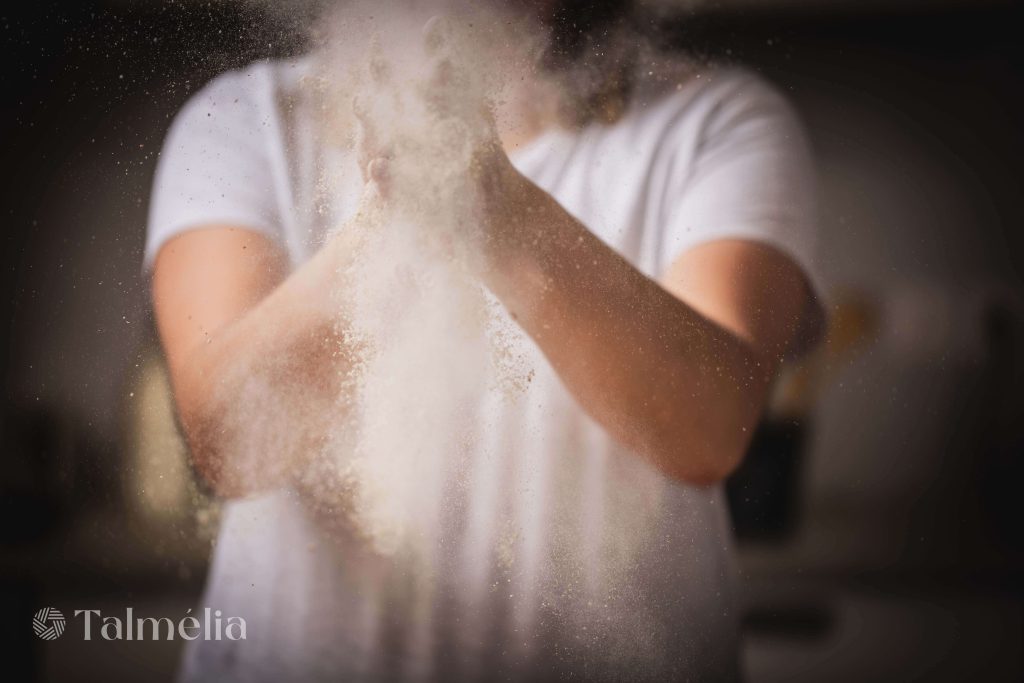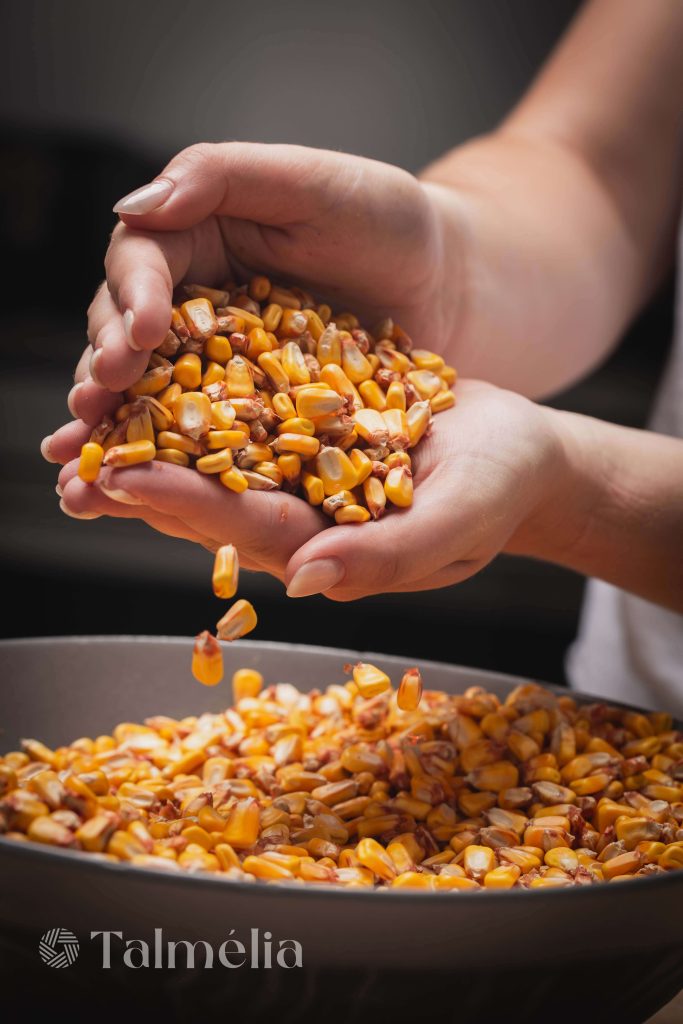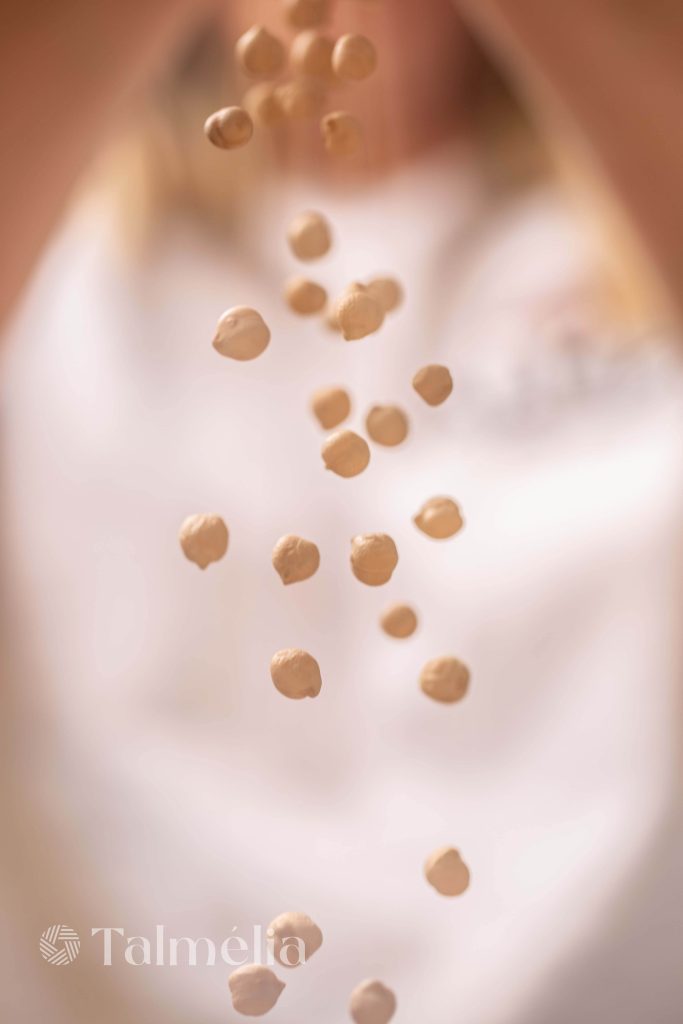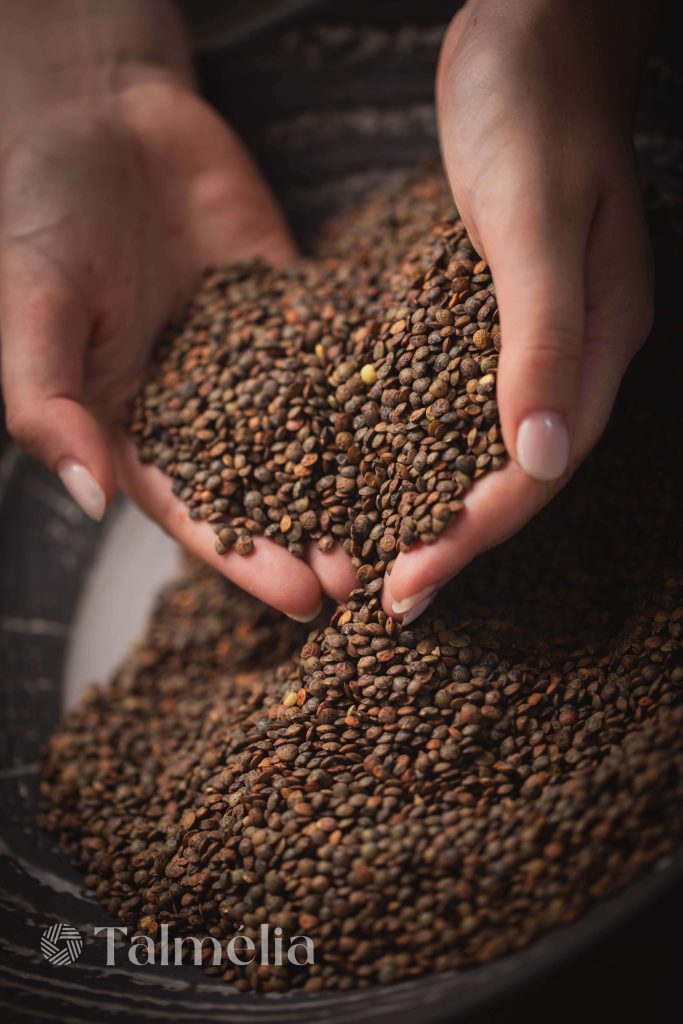Gluten free flours are becoming increasingly popular in cooking to create delicious dishes. Traditions are important in this field.
And who better to embody this gustatory revolution than the first green-starred chef Nadia Sammut? She is renowned for her refined and inventive cuisine. She has transformed her Michelin star into a symbol of excellence in gluten-free gastronomy.

The Triumph of Gluten-Free Creativity
Gluten-free flours are becoming more and more popular. This is due to spreading food intolerances and conscious lifestyle choices.
Gluten-free cooking is much more than a simple adaptation of traditional recipes. It is a celebration of creativity and innovation, where each dish is an ode to the richness of flavors and textures.
These flours come from different cereals and legumes, offering new flavors while being gluten-free for those who need it.
What are the gluten-free flours?



Here are some examples of gluten-free flours :
Corn Flour: Corn can be turned into flour, semolina, or starch, depending on its fineness. This flour, rich in starches and gluten-free, is appreciated for its neutral taste that pairs well with all foods. It is distinguished by its slightly yellow color, which gives a particular hue to preparations.
Buckwheat Flour: Also called “black wheat,” this cereal offers gluten-free flour with a unique taste and dense texture. It can be combined with other more neutral flours.
Millet Flour: Originating from Africa, millet flour is very beneficial for health. It can be mixed with a neutral flour to soften its characteristic taste.
Chickpea Flour: Chickpea flour has a smooth texture that is easy to work within the kitchen.
Spelt Flour: This flour, considered “anti-stress,” is very nutritious. This low-gluten alternative is suitable for intolerant individuals.
Lentil Flour: This naturally gluten-free legume provides rich and healthy flour.
The Role of the MÉLIA Mill
The Mélia mills, traditionally associated with wheat flour, are also suitable for the production of these alternative flours. Chickpea, lentil, buckwheat, corn flours, and others offer chefs new flavors and textures to experiment with.
Nadia Sammut: A Pioneer Green-Starred Chef of Gluten-Free Cooking
When tasting Nadia Sammut’s creations, one enters a world where the boundaries of cooking are pushed.
Gluten-free flours are magical. They allow for the discovery of new flavors and the creation of delicious and original dishes.
In La Fenière, Nadia Sammut transforms alternative flours into true gastronomic jewels. Chickpea flour gnocchi, buckwheat crepes, and quinoa bread are creative and delicious dishes. They showcase her talent in the kitchen.
For her, working with gluten-free flours does not mean sacrificing quality or flavor. On the contrary, it is an opportunity to discover new taste nuances and textures. Her dishes are carefully crafted, with each ingredient chosen for its freshness and local sourcing.
Far from being limited, Nadia’s gluten-free cooking opens new doors for culinary art. She shows the world that one can cook gluten-free while offering dishes as delicious, if not more so, than their traditional counterparts.
The Gluten-Free Flour Revolution
In conclusion, gluten-free flours are much more than a simple alternative. They represent a culinary revolution, inspiring chefs worldwide to push the boundaries of creativity in cooking.
The MÉLIA mills offer tools to discover new tastes. Renowned chefs like Nadia Sammut teach how to cook gluten-free in a delicious and sophisticated way.
We celebrate a new era of gastronomy. An era in which creativity, innovation, and passion come together to offer unique culinary experiences accessible to all.